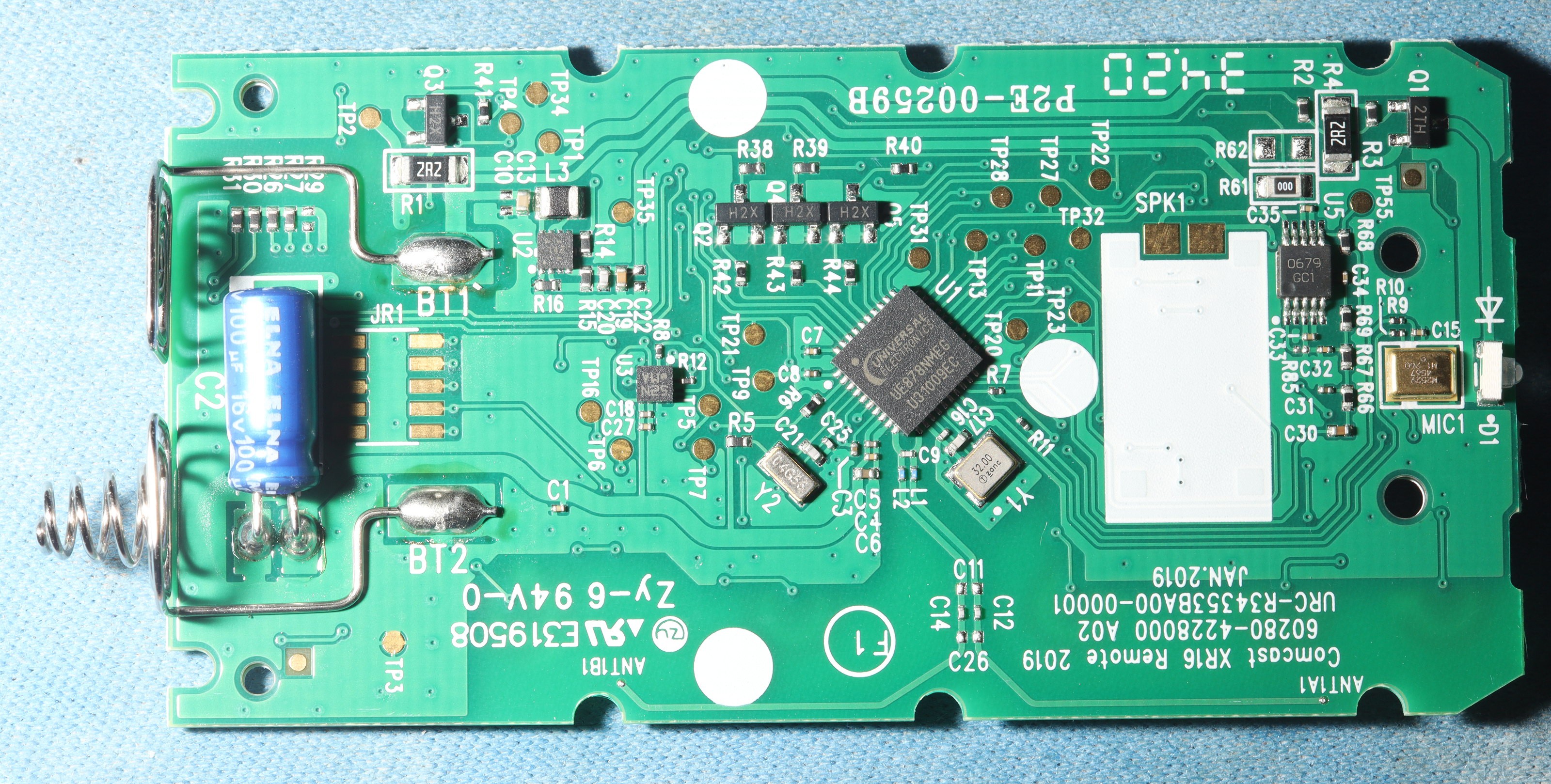
These are based on a smart remote brain: the UE878, require an 802.15.4 MAC to work at all, but expose all the signals required to detect the button presses & transmit IR for a simple 1 off user interface. The enclosure is a lot nicer than a multifunction remote. The buttons have backlights. The plastic is soft.
The comca$t remote would serve the camera tracker & rep counter using basic IR. It would not have the full smart functionality unlocked.
 lion mclionhead
lion mclionhead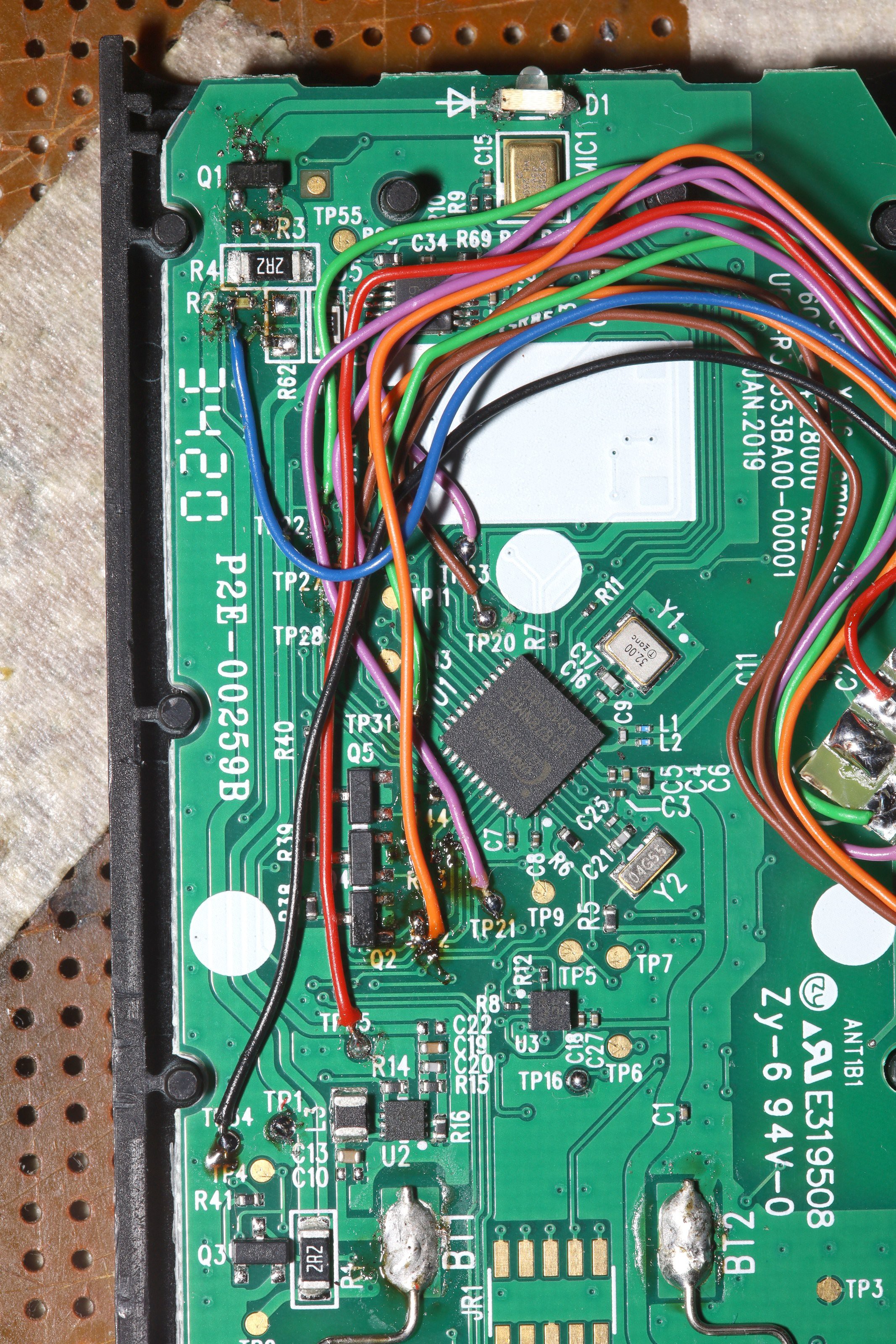


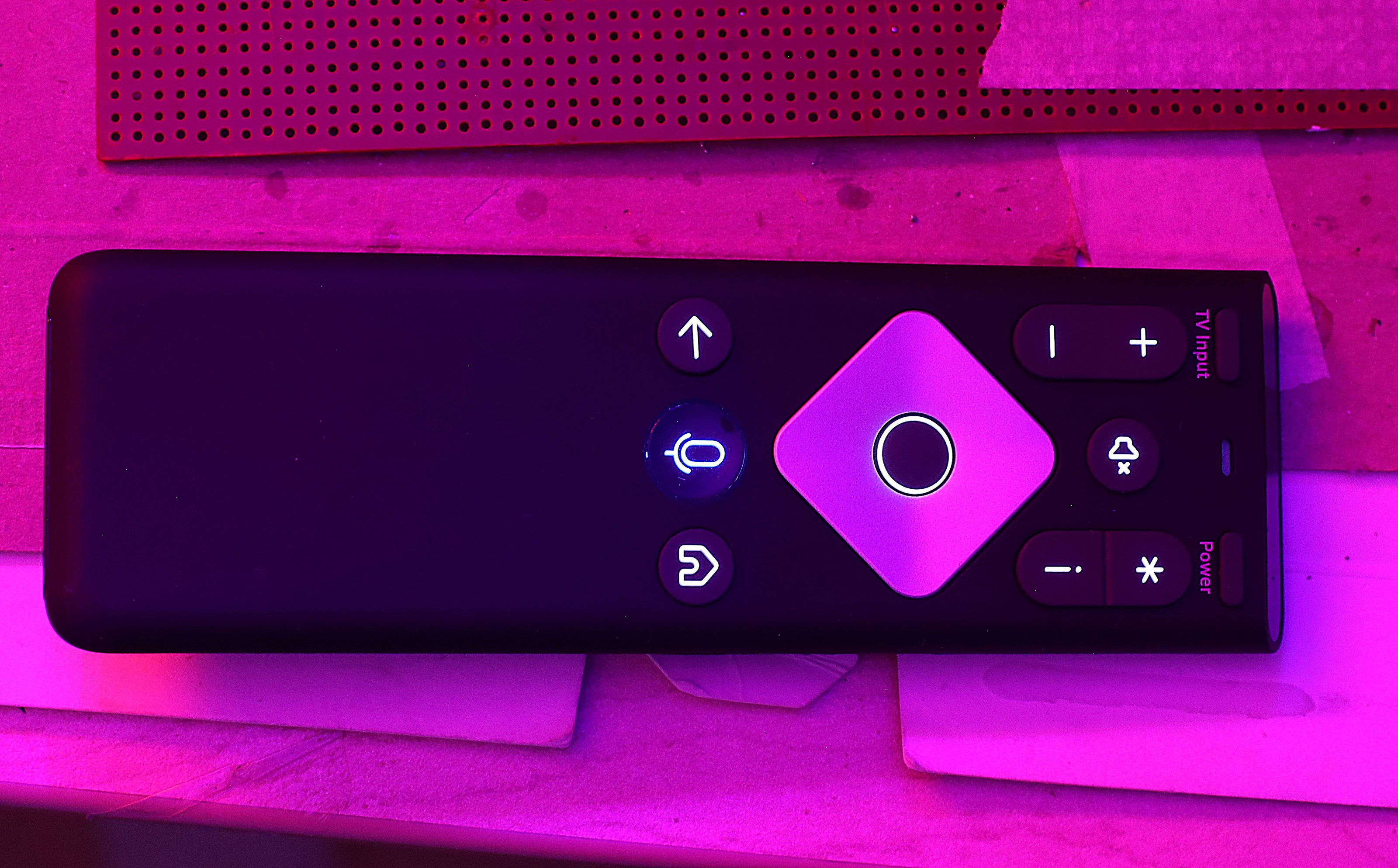
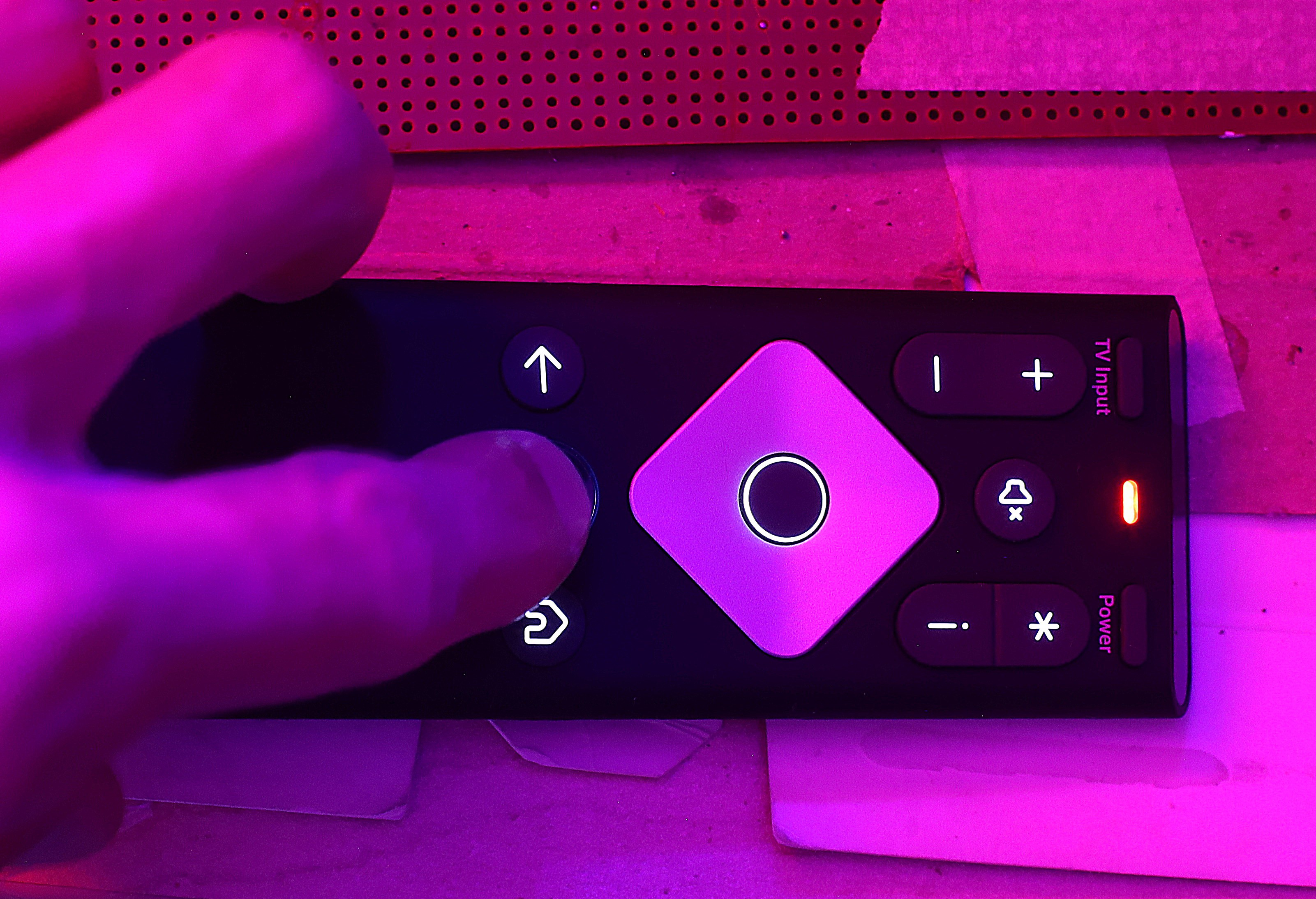
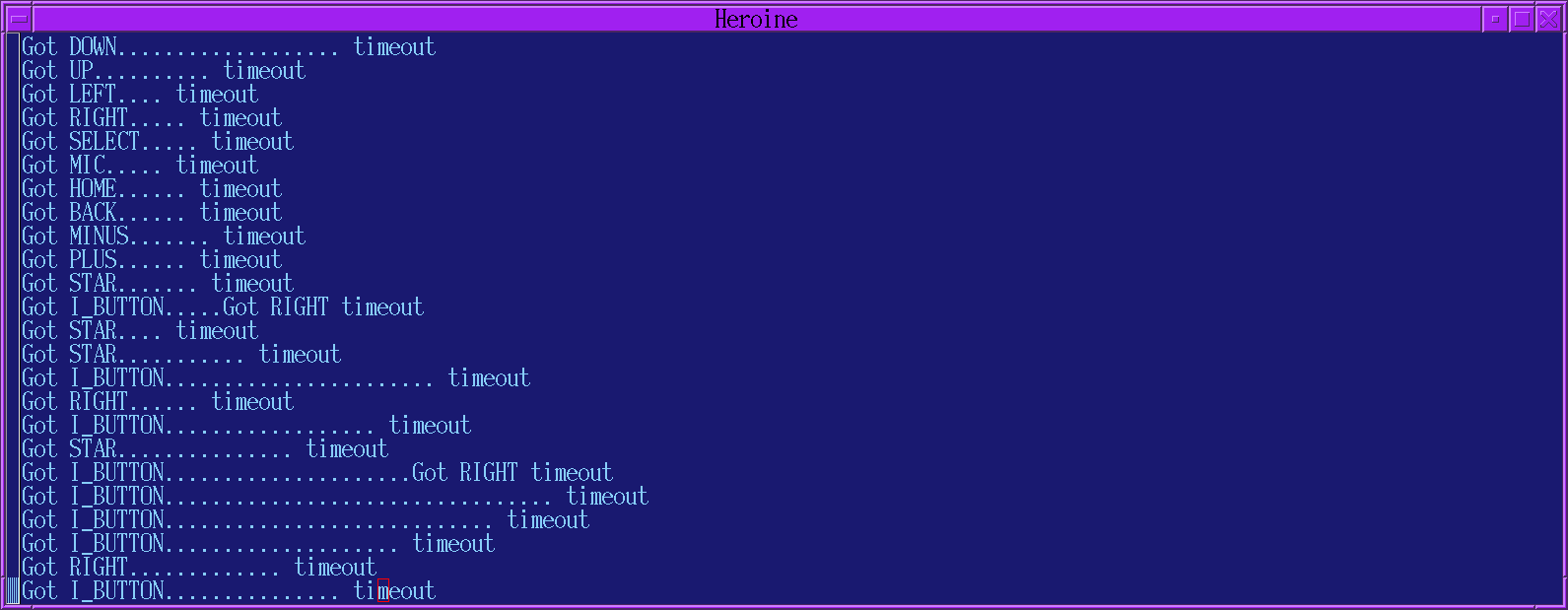 Receiver test program.
Receiver test program.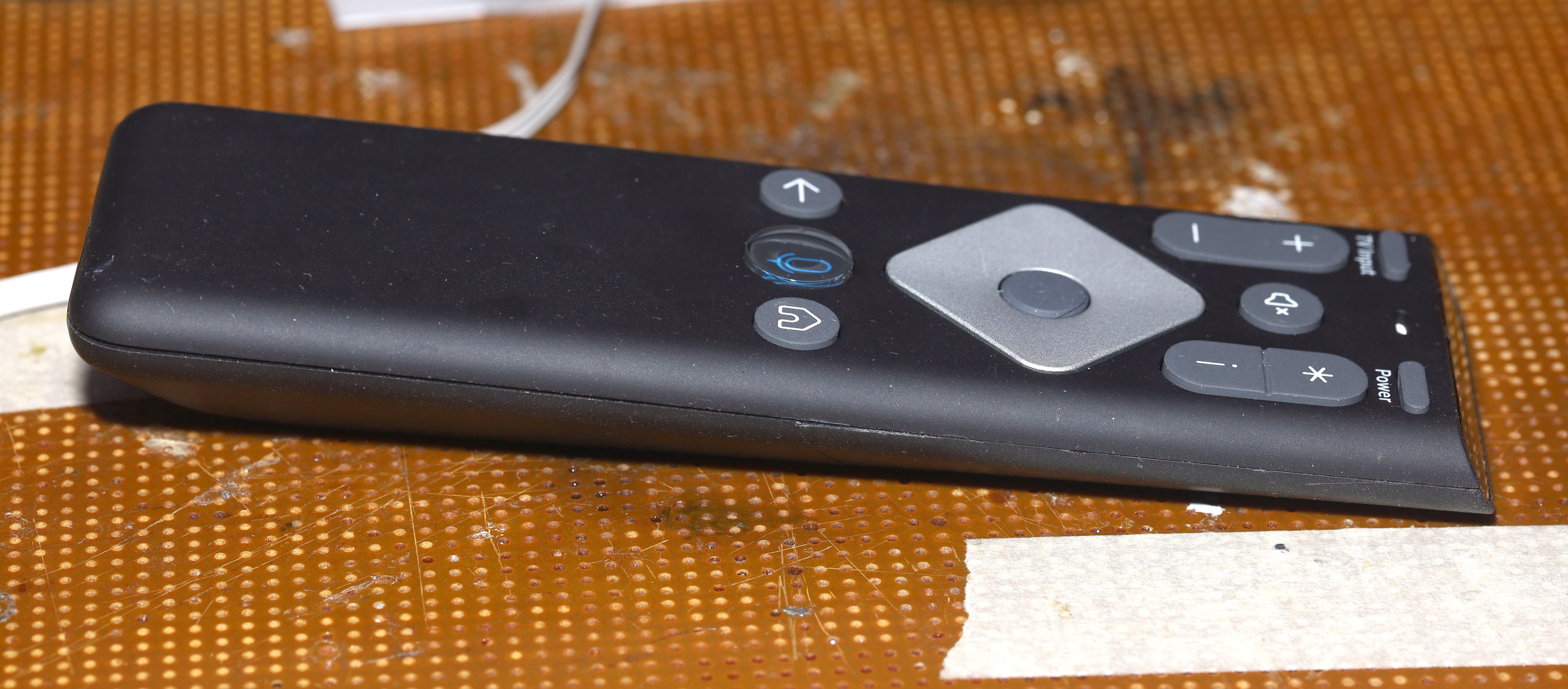
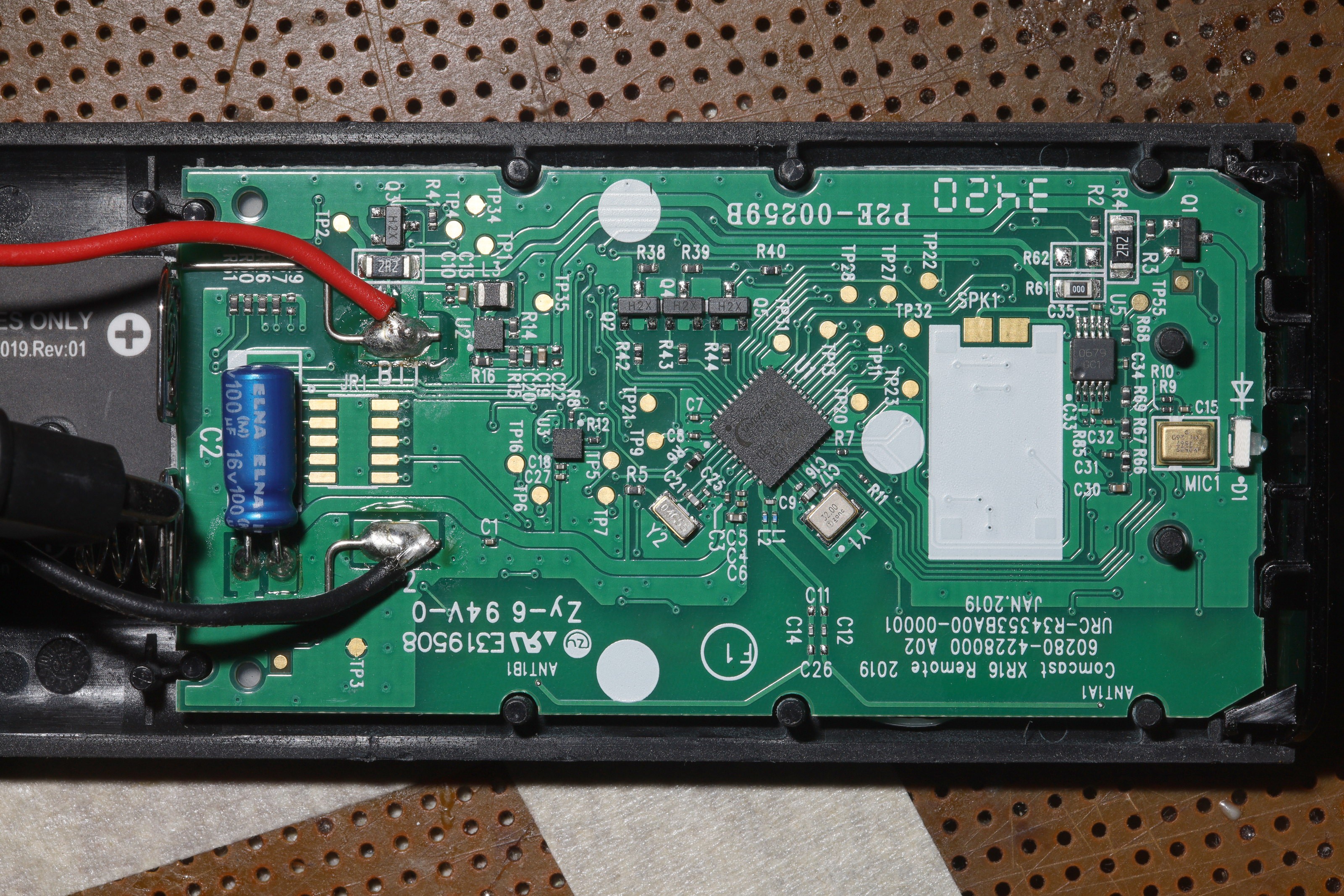

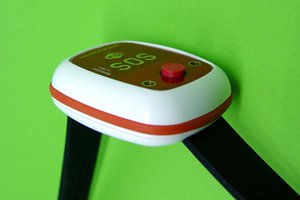
 bobricius
bobricius
 APRS ALL IN ONE
APRS ALL IN ONE